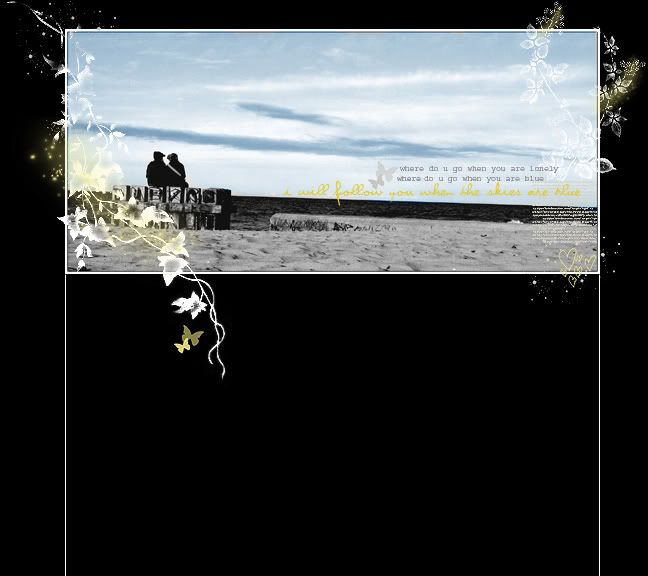

Mania is generally characterized by a distinct period of an elevated, expansive, or irritable mood state. People commonly experience an increase in energy and a decreased need for sleep. A person's speech may be pressured, with thoughts experienced as racing. Attention span is low and a person in a manic state may be easily distracted. Judgment may become impaired; sufferers may go on spending sprees or engage in behavior that is quite abnormal for them. They may indulge in substance abuse, particularly alcohol or other depressants, cocaine or other stimulants, or sleeping pills. Their behavior may become aggressive, intolerant or intrusive. People may feel out of control or unstoppable. People may feel they have been "chosen", are "on a special mission", or other grandiose or delusional ideas. Sexual drive may increase. At more extreme phases of bipolar I, a person in a manic state can begin to experience psychosis, or a break with reality, where thinking is affected along with mood.[7] Many people in a manic state experience severe anxiety and are very irritable (to the point of rage), while others are euphoric and grandiose.
Hypomania is generally a mild to moderate level of mania, characterized by optimism, pressure of speech and activity, and decreased need for sleep. Some people have increased creativity while others demonstrate poor judgment and irritability. These persons generally have increased energy and tend to become more active than usual. They do not, however, have delusions or hallucinations. Hypomania can be difficult to diagnose because it may masquerade as mere happiness, though it carries the same risks as mania.
Hypomania may feel good to the person who experiences it. Thus, even when family and friends learn to recognize the mood swings, the individual often will deny that anything is wrong.[9]